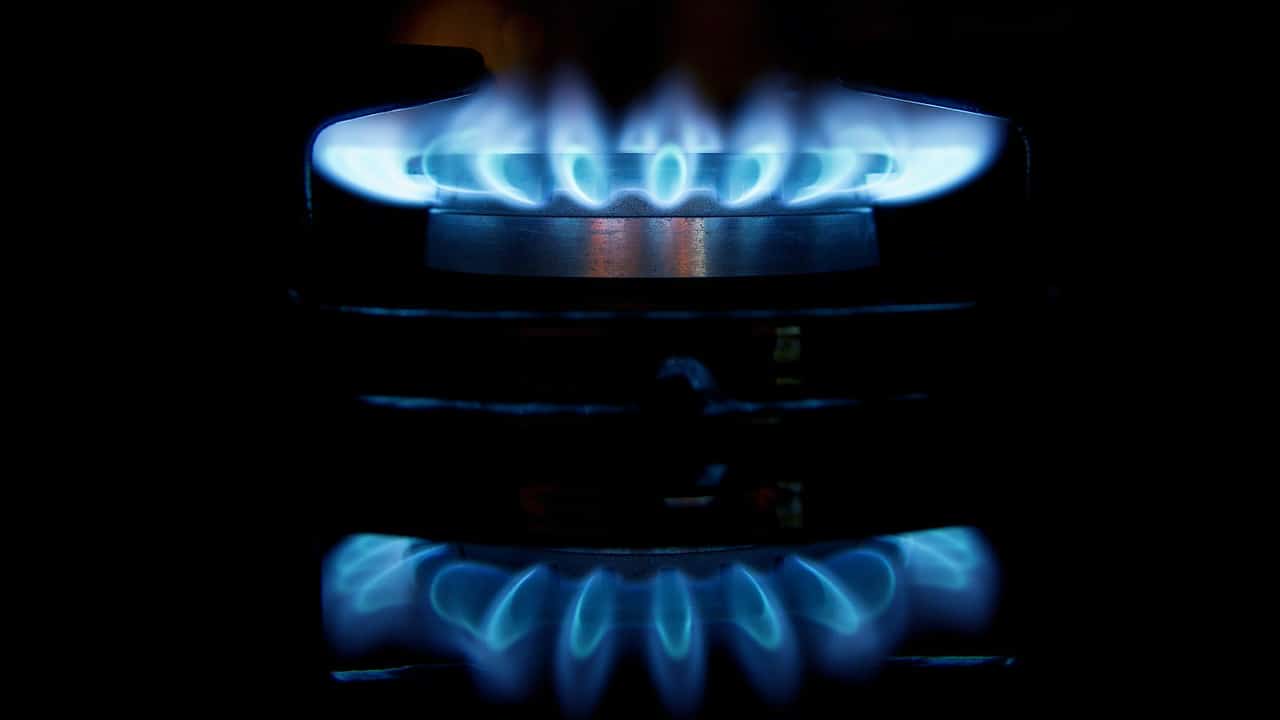Income investors love dividends, but when a stock’s yield is pushed higher due (at least partly) to share price declines, they start questioning if a dividend cut is on the horizon.
Altagas Ltd. (TSX:ALA) has experienced recent price declines and now offers a big yield of 6.8%. Some say that it’s silly to buy high-yield stocks only to have their share prices decline by more than the dividend amount.
That’s short-term thinking.
If their dividends are sustainable, shareholders can essentially hold their shares and get their original investment back in about 14 years.
If the businesses change for the better, they could raise their payouts and return shareholders’ original investments even faster.
Besides, buying stocks that don’t pay dividends doesn’t guarantee that their share prices won’t fall either. So, the dividend is actually a safety net of sorts.
Before determining if Altagas’s dividend is safe, let’s first take a look at its business.
The business
Altagas is a diversified energy infrastructure company. It generates roughly an equal amount of earnings before interest, taxes, depreciation, and amortization (EBITDA) from Canada and the United States.
It has three business segments. It generates about 41% of its EBITDA from contracted power, 36% from regulated gas distribution, and 23% from highly contracted midstream.
The company has been growing by making incremental additions, such as the San Joaquin U.S. natural gas–fired generation facilities in 2015.

Can you trust Altagas’s dividend?
The quality of Altagas’s dividend can be seen from its earnings and cash flow stability.
Its normalized EBITDA has little exposure to commodity pricing. Additionally, its contracted power and regulated utilities contribute about 75% of its EBITDA. Both factors help increase the stability of its EBITDA.
Much of Altagas’s cash flows are supported by long-term contracts. Its power contracts have a weighted average term of roughly 14 years and about 59% of its midstream business has take-or-pay arrangements or cost-of-service agreements with a weighted average term of about 17 years and nine years, respectively.
In fact, the cash flows generated from Altagas’s regulated utilities and 60-year contracts with BC Hydro across three facilities more than cover the company’s dividend.
Based on the normalized funds from operations (FFO) per share generated in 2016, Altagas’s payout ratio comes out to less than 60%, which makes for a safe dividend.
Why have its share price declined?
There’s increased uncertainty around Altagas’s shares as it makes efforts to get the WGL Holdings Inc. (NYSE:WGL) acquisition approved.
This is a huge transaction, representing an enterprise value of about $8.4 billion, including the assumption of about $2.4 billion of debt.
Altagas has been turning to the market as the main source of capital funding. However, management is committed to maintaining its investment-grade balance sheet.
Investor takeaway
Thanks to the price decline, Altagas offers a juicy yield of 6.8% that’s sustained by its cash flow generation. Since the company has increased its dividend for five consecutive years, it’ll be inclined to continue to do so. In the last five years, it has hiked its dividend by 8% per year on average.
If the WGL acquisition is successful, it’ll bring $7 billion of growth opportunities across Altagas’s business segments. Moreover, WGL will add to Altagas’s financial strength and allow Altagas to raise its dividend by 8-10% through 2021; the dividend raises will be supported by earnings-per-share and FFO-per-share growth. So, WGL will only improve Altagas’s dividend quality and sustainability.
To reduce the risk of investing in Altagas shares directly, interested income investors can opt to purchase the cheaper subscription receipts via the ALA.R symbol. You’ll receive cash payments, which are the same as the dividends declared by Altagas on its common shares. Once the WGL acquisition closes, the receipts will turn into common shares of Altagas. If it falls through, you’ll get back $31 per receipt.
Just remember that the dividend-equivalent payments are taxed as a mix of interest income and return of capital. While return of capital is favourably taxed in a non-registered account, interest income is taxed at the highest, marginal tax rate. Depending on the mix, TFSAs or non-registered accounts would be good places to hold the receipts.









